Upcomming / Current Exhibition
Upcomming / Current Exhibition


TARO’s Space
Taro Okamoto considered the overall space to be his canvas. To put it another way, he was an artist who sought to create space through his work.
Past Exhibition

‘Taro Okamoto―Playing with Textiles’
In 1951 Taro coated one hand in bright red paint then pressed it on the left breast of a beautiful fashion model. In this way, a white evening dress became decorated with successive handprints, one after the other. The dress was transformed from a practical object into art. It was the moment when Okamoto art met design.
explore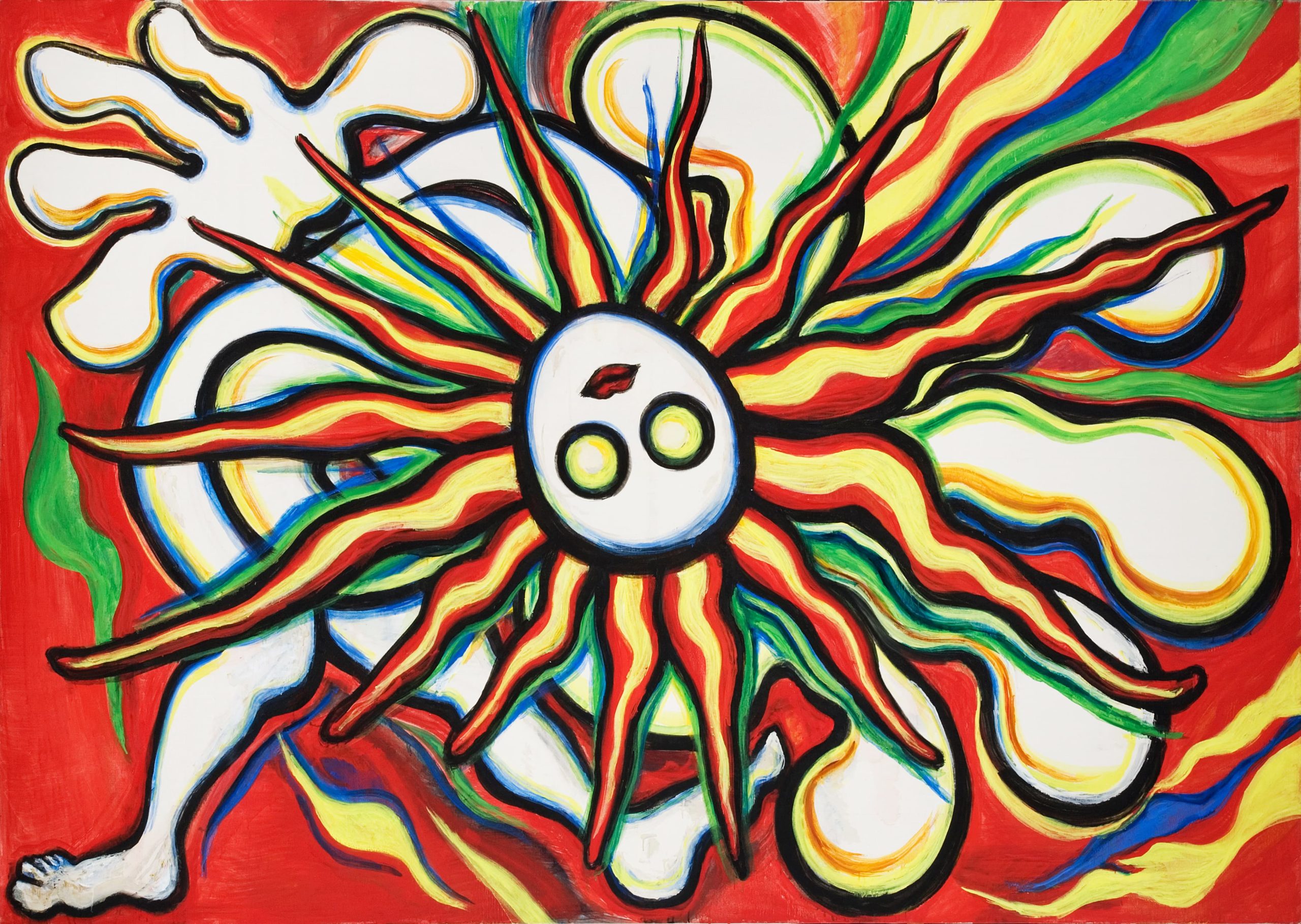
‘Fifty Years of Taro Okamoto’
Returning from prisoner-of-war camp in China in June 1946, Taro Okamoto set up a studio in the Kaminoge district of Tokyo in November of the same year and prepared to resume his career. For the next fifty years, until his death in 1996, he never paused in his creative activities.
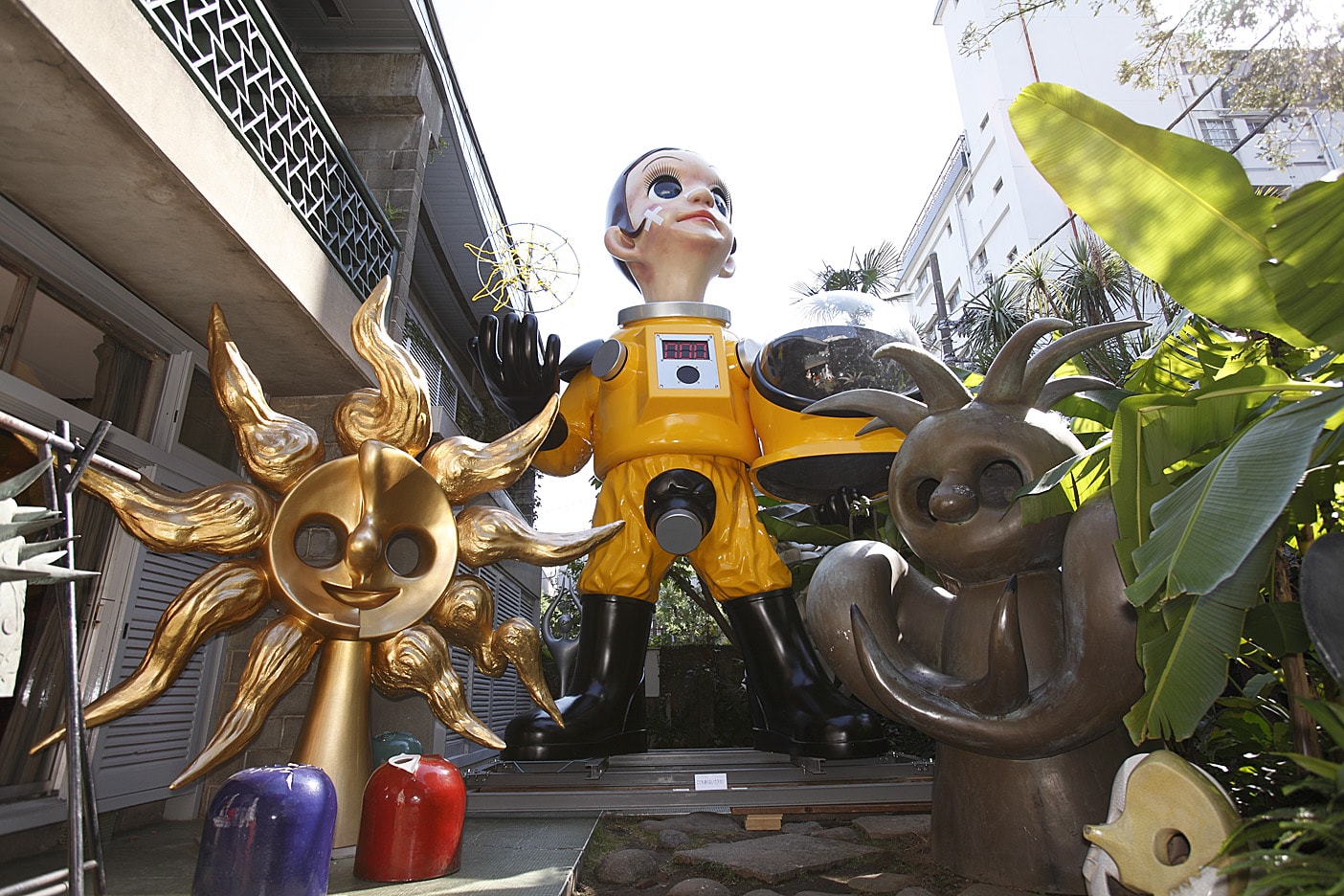
‘Kenji Yanobe: Sun Child―Taro’s Child’
For this, the final exhibition at the Taro Okamoto Memorial Museum to celebrate Taro’s 100th birthday, we have invited the artist, Kenji Yanobe, a leader of the Japanese contemporary art scene, to participate.
explore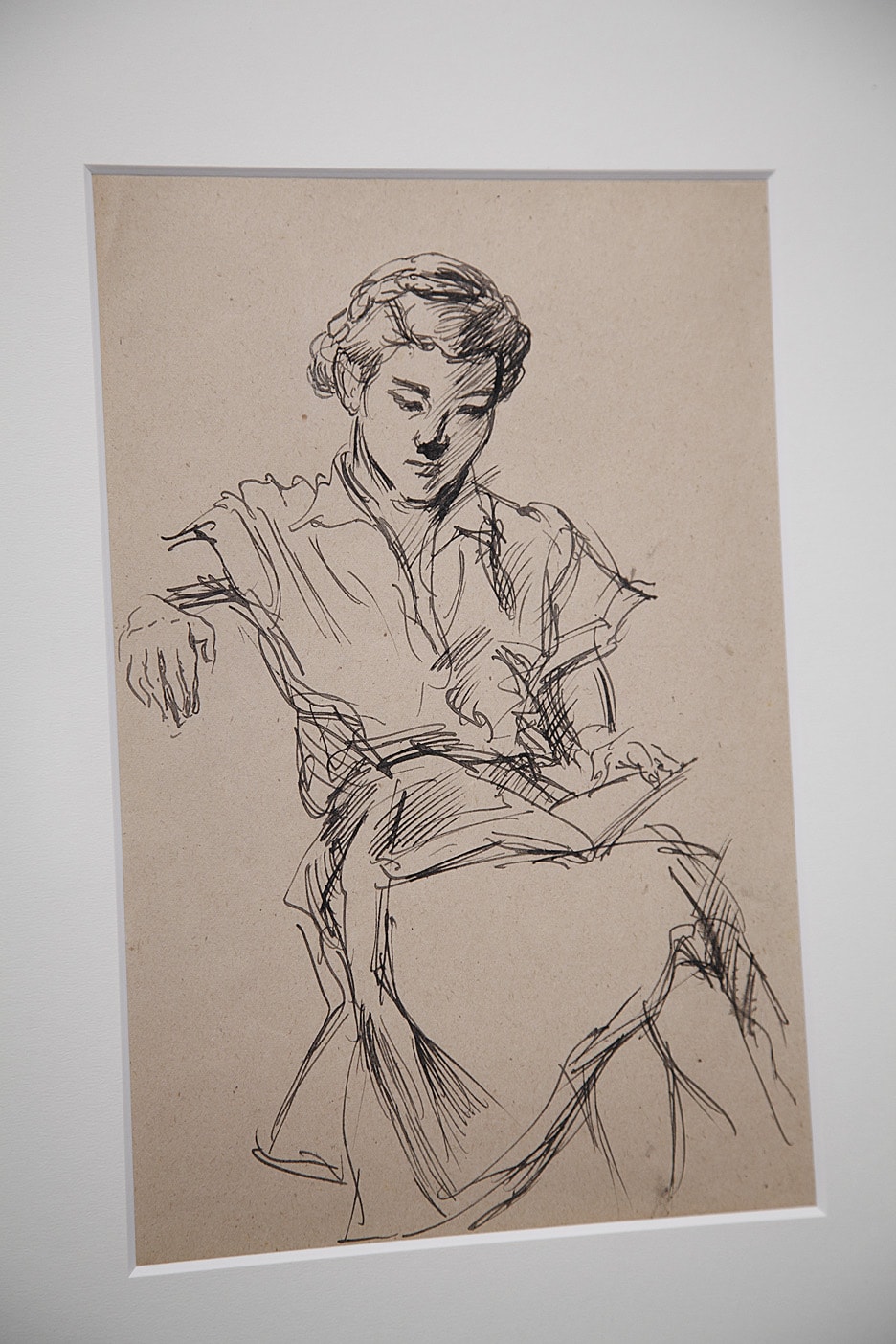
‘Another Taro’
The general image of Taro Okamoto’s work can be summed up as being: highly abstract forms with intense coloring employing primary colors. No nudes and no still-lifes. Most people believe that Taro Okamoto did not produce any realistic paintings.
explore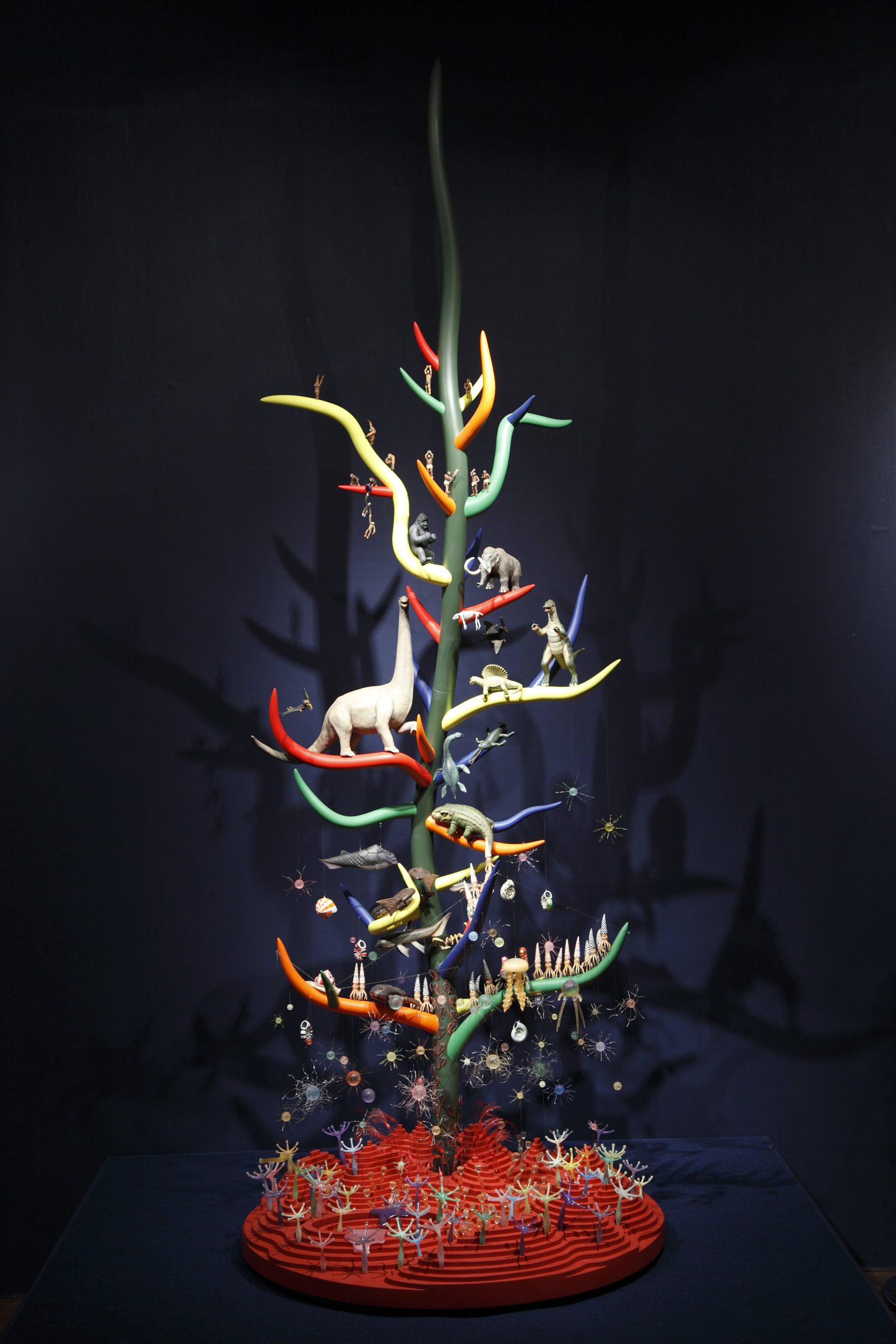
‘Tree of Life’
When Taro Okamoto agreed to become Theme Producer for the Osaka World Expo, he said ‘No!’ to progressivism, piercing the roof of the pavilion with the Tower of the Sun, and inside this womb he developed the concept of a dynamic microcosm. This was the Tree of Life.
explore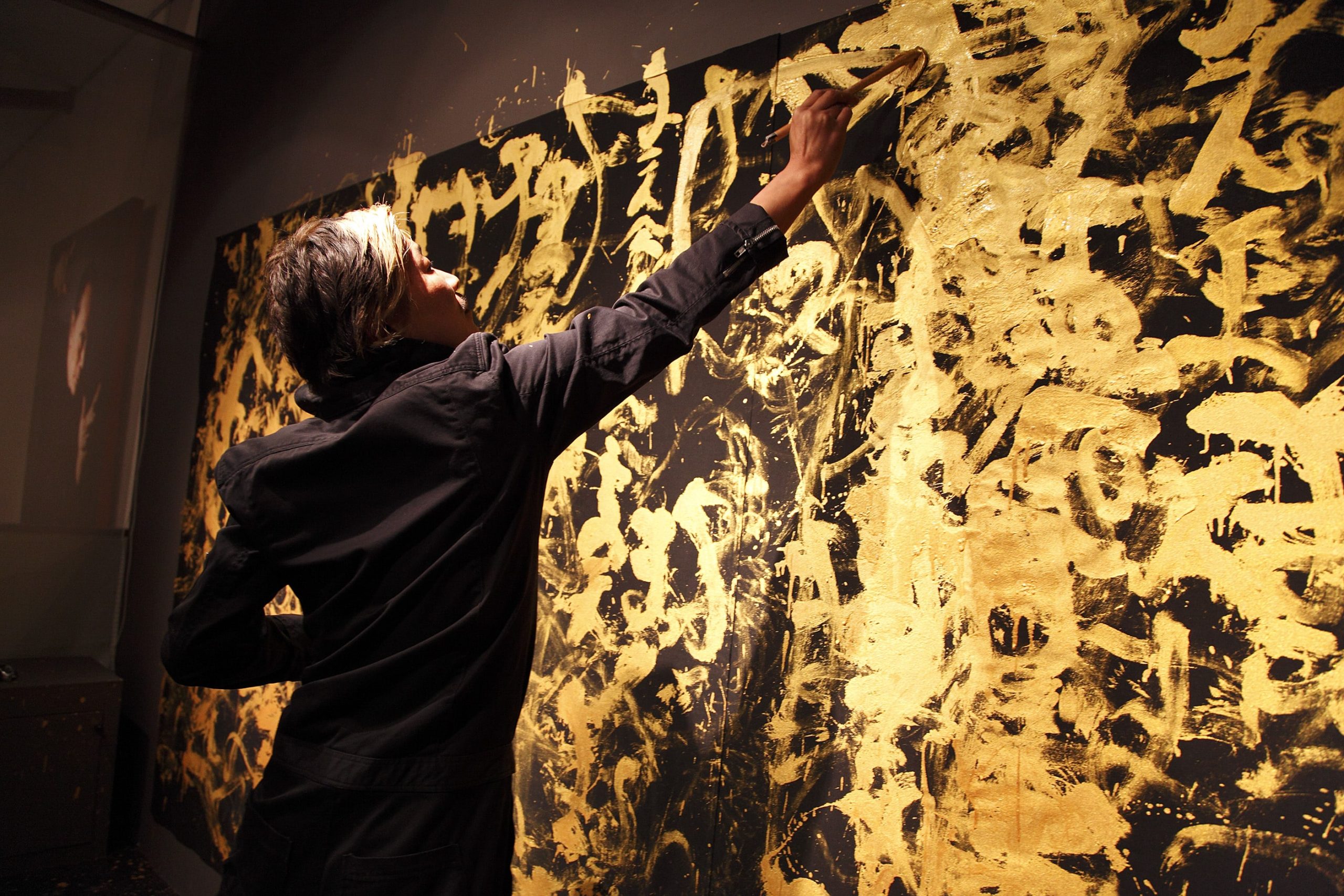
‘Garbled Characters ― A Challenge from Calligrapher Koji Kakinuma’
Young people today are calling for Taro Okamoto
Trapped within a stifling sense of stagnation, his honest way of life appears dazzling.
However, Taro Okamoto is not somebody to be copied or worshipped.
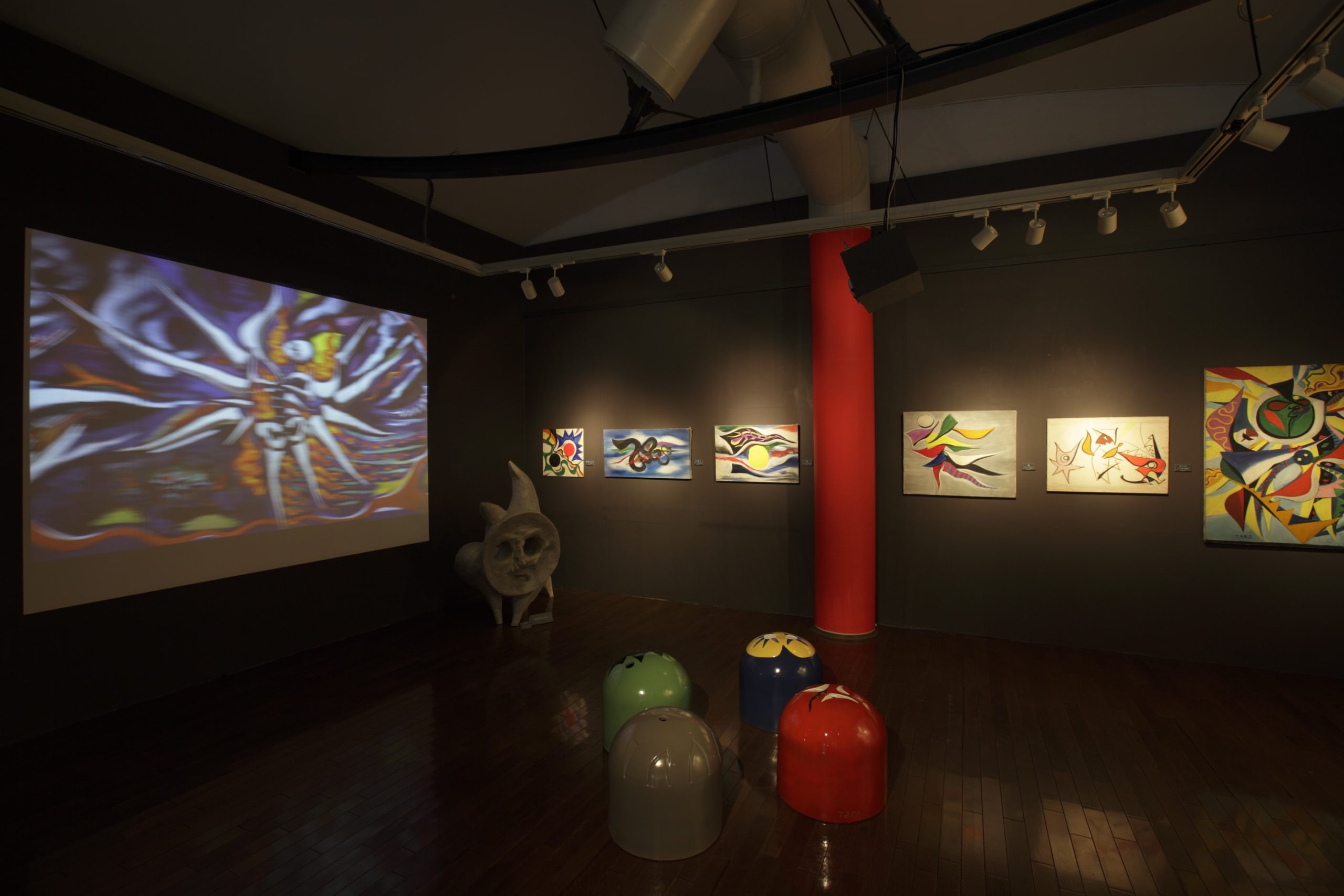
‘Taro in the Streets’
What is the point of painting pictures only for them to be bought by rich people and locked away like money in the bank?
Art is for the masses. This is the basic philosophy that underlies Taro Okamoto’s art.
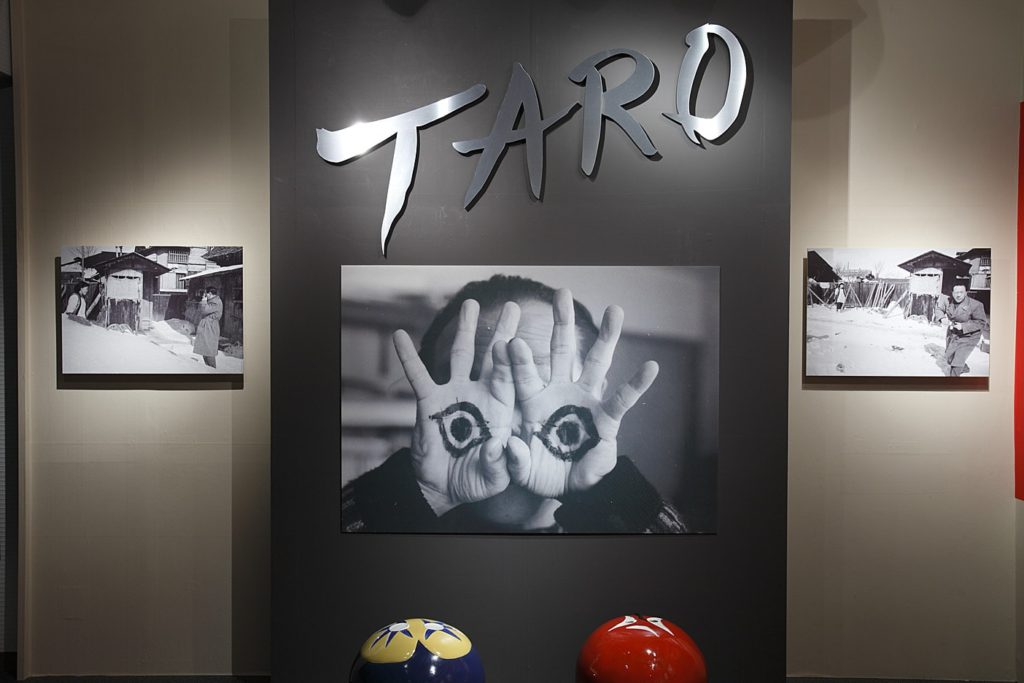
‘The Eye of Taro Okamoto’
They are not photographs. They are Taro Okamoto’s eye. They are what he saw, and provide us with an image of the man that was Taro Okamoto.
‘They have an solid sense of presence, a figurative power of form. The timing is so perfect that they make a mockery of the term ‘crucial moment’ that is so often used in connection with photography. They truly represent a single moment, the glimpse of a firework, purity.’ (Toshiko Okamoto)
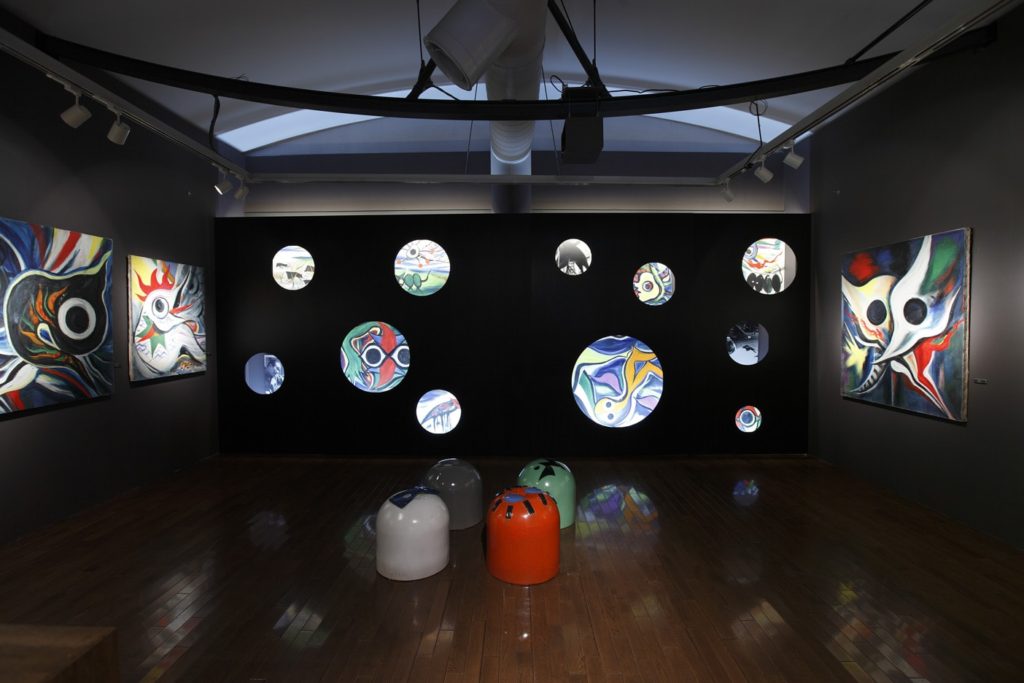
‘Taro Okamoto’s “Living Things”’
‘Not human. Not animal
Living things that can only be said to belong to a wonderworld.
This strange ‘life’ draws close to us in a vivid manner.
Is this Taro Okamoto? Or is it something from another world that he is observing?

